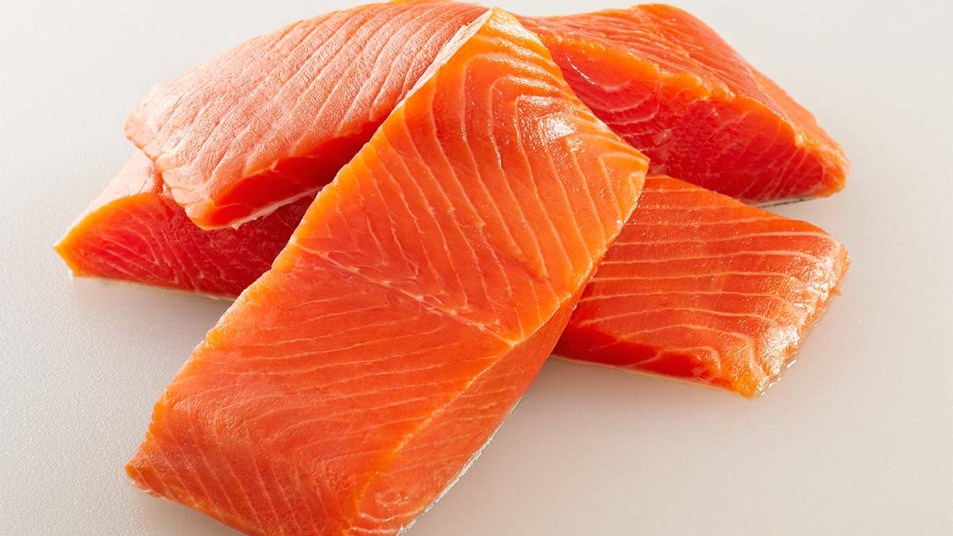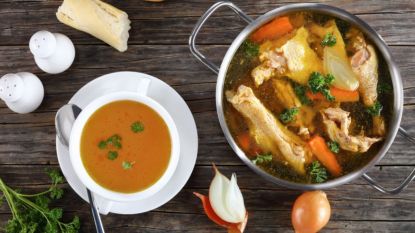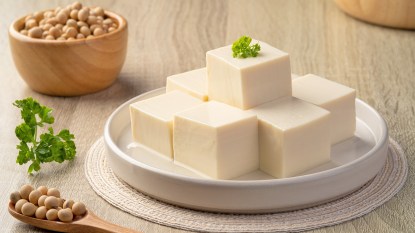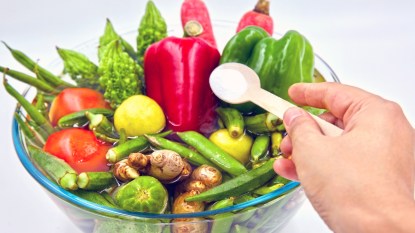Confused When Shopping for Fresh Fish? A Salmon Fisherman Shares 5 Tips for Getting the Best Buy

Wild salmon season is officially here! That means the seafood counter at your local grocery store will be flooded with various types of the pinky-orange fish. It also means confusion: Which salmon is healthiest? How should I store it? Should the flesh be firm or flaky, aromatic or odorless? Personally, I get a little overwhelmed by all of the options, and though I know what I want — the freshest and healthiest fish — I don’t know the right questions to ask about all the different salmon. As a result, I spend more time browsing than actually buying the fish.
Fortunately, third-generation Alaska commercial salmon fisherman, Hannah Heimbuch, is here to save the day by sharing her advice on how to buy wild Alaska salmon.
The Five Species of Wild Alaska Salmon
Before you choose a salmon fillet, it’s important to know what you’re looking for. Heimbuch tells First for Women that wild Alaska salmon comes in five species — king, coho, sockeye, pink, and keta. “Most of what you’ll see at the seafood counter is [either] sockeye, king, coho, or pink,” she notes.
Heimbuch gives a quick breakdown of the four most common species of wild Alaska salmon, plus some suggestions on how to prepare them:
- Sockeye salmon: The most popular species you’ll see at the seafood counter. Also known as red salmon, for its beautiful deep red color. It has a rich salmon flavor and is delicious when prepared with fresh herbs on the grill or roasted in the oven.
- King salmon: The largest of the species and known for its rich succulent flavor and meatier texture. This is because of its slightly higher omega-3 fat content. Enjoy it pan-seared to get the skin nice and crispy.
- Coho salmon: This species is known for its orange-red flesh, delicate flavor, and firm texture. It works well paired with a flavorful sauce of your choosing.
- Pink salmon: A versatile and lean option with a light flavor that’s great in chowders.
What to Ask When Buying Salmon at the Seafood Counter
Heimbuch has harvested a wide range of wild seafood from regions across Alaska, and specializes in sustainable fishing practices. She shared five things you can ask the person behind the seafood counter about this fish before purchasing it.
- Ask for the source. “An easy way to know you are choosing the best wild, sustainable fish is simply to choose salmon from Alaska, since all seafood out of the state is guaranteed wild and sustainable,” she notes. “In fact, nearly 99 percent of the wild salmon harvested in the US comes from Alaska, and the state constitution mandates that all fish be harvested sustainably.”
- Ask for specifics. “The more info, the better. It’s best if the fishmonger at the fish counter is able to tell you exactly how and where the fish was caught. Additional information on the label is also a good sign, such as sharing the particular region it comes from or listing the specific type of salmon,” she says.
- Ask if it’s in season. “If a product is labeled as ‘fresh’ and ‘wild’ when it’s not actually in-season, the product may be mislabeled. Wild Alaska salmon is a summer fish, in season now from mid-May through fall. For information on when various seafood species are available fresh, consumers can visit alaskaseafood.org,” she explains.
- Ask about frozen salmon, too. “In Alaska, much of our catch is frozen right after it comes out of the water to lock in quality and preserve freshness,” she says. “So, if the seafood counter doesn’t have what you’re looking for, you can always check the freezer case and you’ll still be getting the same wild, sustainable, [and] high-quality guarantee.”
- Ask about anything that looks fishy. “Wild salmon is often deep red or orange due to their natural diets of crustaceans filled with carotenoids…Wild salmon is more lean and often has less visible white fat than farmed salmon, so there will be more visible white lines on a farmed salmon fillet,” she adds. “For fresh or previously frozen salmon, look for fish that appear moist, vibrant, and firm. Avoid anything that looks dried out, or has brown spots or bruising.”
Two Additional Tips to Keep in Mind
It’s clear that salmon is an extremely popular fish to cook. So, we asked one of our FFW readers, Cindy Cartusciello of New Jersey, for her tips on making salmon shopping a breeze.
First, she tells us that a quick 45-second look at a fillet should indicate how fresh it is. “It’s worth [taking] the time to check on the quality of fish before making a dinner purchase such as fresh salmon, for which you are paying a premium,” she says.
Cartusciello also suggests asking for the person behind the counter to scale or remove the skin from the fillets, if that’s how you prefer to enjoy them. This step saves you time in the kitchen for cooking and cleaning up afterwards.
Keep these tips in mind to keep your seafood counter visits stress-free and to enjoy the freshest picks, from wild salmon harvest season through the rest of the year!













